What would happen to our lives on this planet if a threatened species went extinct before our eyes? Imagine if the wild animals we grew up watching in nature documentaries were suddenly gone. When a species goes extinct, it creates a ripple effect that directly harms our ecosystem.
According to The National Wildlife Federation, an endangered species classifies as any animal or plant considered at risk of extinction. Even with laws like the Endangered Species Act, we should do more to protect wildlife.
Some of the most endangered species in the world are the Amur Leopard, Rhino, Orangutan, and Gorilla, to only name a few examples. Unfortunately, there are many more species in danger of extinction today.
When we advocate for laws, conservation, and support of wildlife services to save threatened species, we can make a lasting impact. Let’s not ignore the issues or warning signs of extinction and instead do our to prevent it from happening.
Causes of Endangered Species
Endangered species are at risk of extinction due to a variety of factors, many of which are caused by human activity.
Loss of Habitat
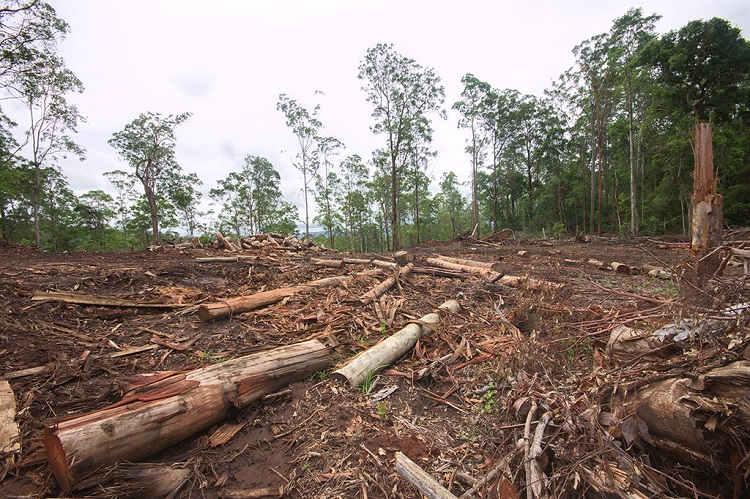
When it comes to habitat loss, it’s on various levels of destruction. The destruction, fragmentation, and degradation of animal habitats cause the most damage. These examples of destruction bring power tools and bulldozers knocking down trees to mind, but there are many other ways habitat loss occurs.
Through fragmentation, water habitats have become scattered due to manmade dams and water diversions. Because of human involvement, many aquatic species no longer have large areas of habitat to roam. This conflict makes it difficult for migratory species to find food and mates to reproduce.
Due to modern development like interstate highways and roads, many land species have experienced a shrinking habitat. These animals often exit the forest and find themselves on these roads, where they get hit and killed by speeding cars.
The degradation of animal habitats occurs when the ecosystem becomes disrupted. If the ecosystem cannot support wildlife, it cannot survive. This circle of life directly affects humans, but we have a lot to learn about treating our local species with respect.
Since 2001, approximately 40,000 to 73,400 square miles of rainforest have been burned down. Rainforest loss impacts 95% of native species, 85% of which are listed as endangered. Even with conservation efforts, it’s predicted that deforestation could rise to 40% by 2050.
The Amazon rainforest is only one example of habitat loss and threatened species. Other harmful causes of the destruction of animal habitats include pollution, climate change, and global warming.
These factors affect healthy populations, from amphibians to birds to land animals of all habitats. It doesn’t matter whether the polluted area is in the water, land, or sky. When toxic materials find their way into our environment, the animals pay the price.
When fertilizers and plastics find their way into our waterways, these chemicals can kill local aquatic life. Toxic conditions weaken a species’ immunity over time.
With immunity declining, animals become more at risk of catching and spreading diseases that can lead to extinction. Other deadly consequences include physical deformations, which can cause shorter lifespans.
We’ve all heard of sea turtles choking on plastic straws, but the most prominent dangers to sea life are fishing nets and plastic bags. It’s hard to imagine that the freshwater fish served at restaurants were likely swimming through an ocean of microplastics, but fish often swallow harmful debris.
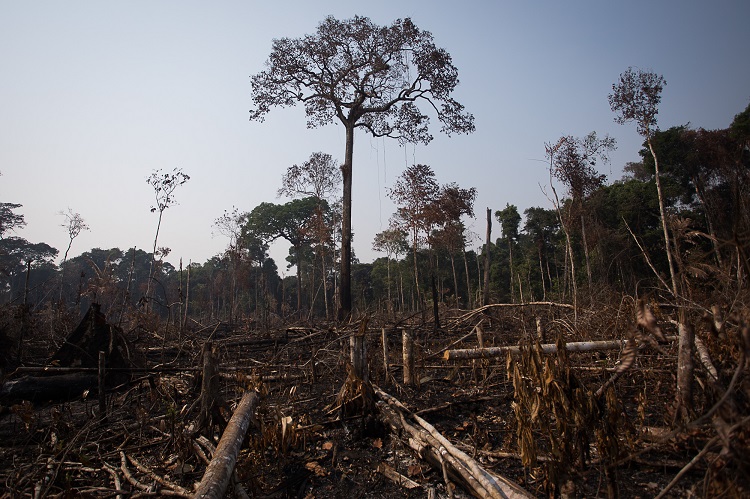
In a 2016 international assessment conducted by GESAMP for the United Nations, the number of plastic found in marine fish species quadrupled.
The chemicals from these microplastics may not kill any fish right away, but over time, it adds up in their systems. When a prey animal comes along and eats fish affected by plastics, it can become deadly.
Climate change and global warming play a role in the loss of animal habitats. Because our planet is becoming warmer than at any time in the past 10,000 years, these changes are detrimental to wildlife worldwide.
When the climate undergoes stark changes, shifts in temperature and environmental conditions can harm a species’ ability to adapt.
Think about the effects on migrational animals with changes in rainfall and seasons, like experiencing warmer summers. Unfortunately, some of these disturbances have begun by affecting growing seasons and patterns of seasonal animal breeding.
If the climate continues to change, animals could face forced migration to new regions where they can better adapt. Imagine if your country or continent gradually became warmer. Would you be able to stay where you’re at and survive, or would you seek a more comfortable climate?
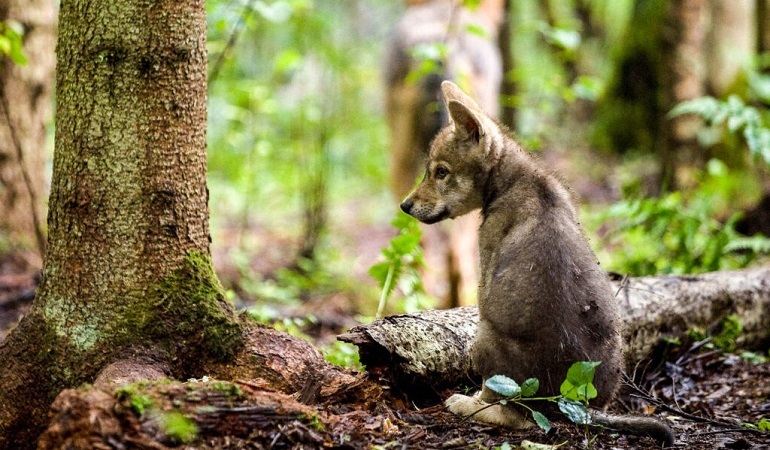
Loss of Genetic Variations
All of these changes in climate continue to make the ripple effect worse. Because of human activity, the ability of a particular species to adapt to changing environments has rapidly changed.
But what does this mean exactly? According to researchers at Queen’s University in Ontario, Canada, genetic variation within animal species is what makes every living thing unique. These factors include their physical appearance, migration behavior, mating patterns, and reproduction.
The researchers stated that genetic variation has declined by 6% since the industrial revolution. So, that means within the last hundreds of years, the wild population has become less adaptable to environmental changes. When a species cannot adapt, it cannot survive and risks going extinct.
Population Size
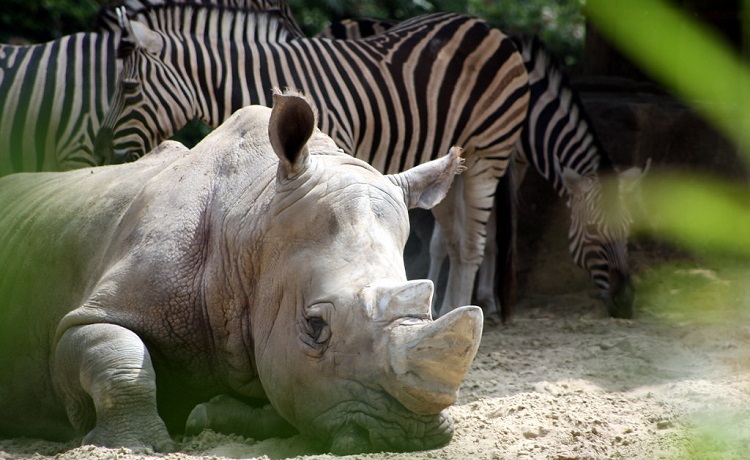
With shrinking population sizes of threatened species, extinction becomes a major threat. That’s because a reduced population means that there are fewer animal breeding pairs to reproduce. The population size is directly impacted by lower genetic variation.
When two mature animals of the same species that are not closely related produce healthy offspring, the creation of a healthy population occurs. However, with fewer animals available to pair off, their genetic variation continues shrinking along with their population size.
The more the population of a species decreases, the more extinction becomes a reality.
Population Restrictions
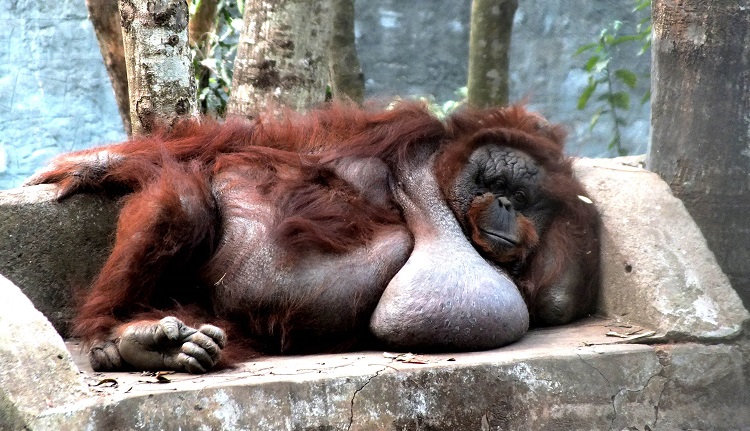
Population restriction is the combination of a single species’ population size and range of movement. For example, if a species becomes restricted to less than 1,000 mature animals or an occupied area of less than 20 square kilometers, it qualifies as a threatened category.
Every species is native to a certain area with a limited species range. This reason is why you won’t find a leopard in North America, but you’ll find plenty throughout Asia, Africa, and the Middle East. The range of a species also explains why humans inhabit every corner of the globe except Antarctica.
According to the World Wildlife Fund’s Living Planet Report for 2022, wildlife populations have plummeted by a shocking 69% since 1970.
Poaching and Hunting
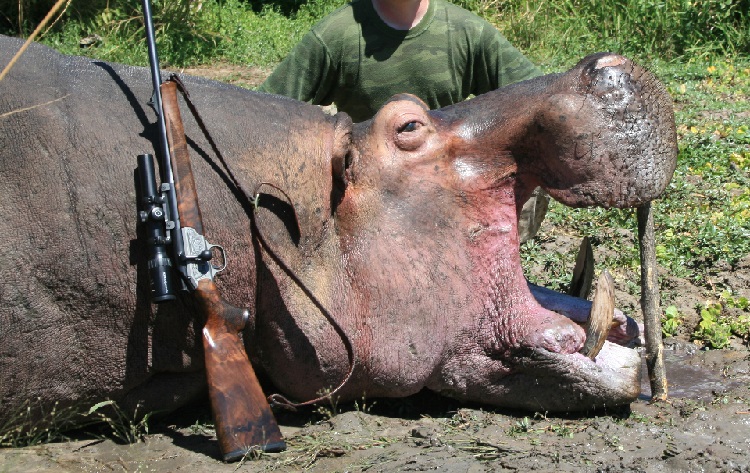
Many animals encounter poaching and hunting in the wild. What is poaching, exactly?
Poaching is the killing of species for food, jewelry, decoration, or traditional medicine. With the illegal ivory trade, African elephants become especially threatened by their tusks.
Trophy hunters, primarily from the U.S., kill more than 100 million animals annually. These hunters pay large sums of money to hunt “exotic” wild animals for sport. This hunting practice harms many wild animals by causing declines in population.
Animals in history that have gone extinct show us the dark reality of extinction. For instance, the Quagga was a close mammal relative to horses and zebras. These animals were native to South Africa until they were hunted to extinction around 1870.
Most famously is the extinction of the Tasmanian Tiger, a single specimen found in Australia. These mammals were hunted and killed so rapidly that public action was attempted to save these animals. However, the outcry arrived too late. The last known Tasmanian Tiger died of neglect in the Hobart Beaumaris Zoo on September 7, 1936.
This endangered species was granted protected status 59 days before its death. If awareness had arrived sooner, maybe species recovery would have been possible.
How does a Species Get Listed?
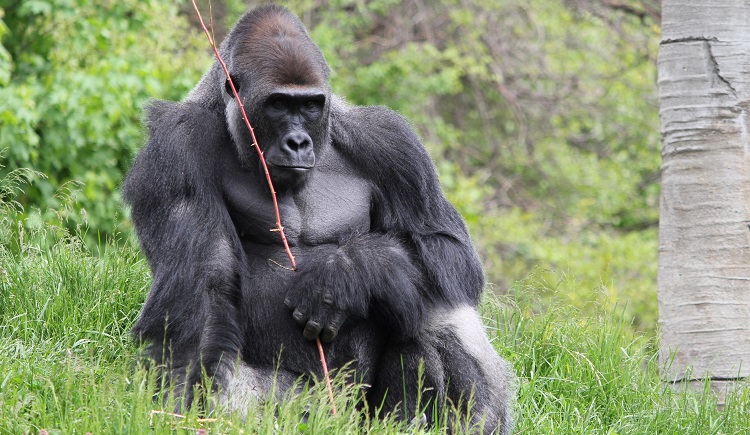
In 1973, the United States Endangered Species Act (ESA) was signed into law. At that time, it had more than 100 listed species as endangered. Today, there are an alarming 700 animal species listed by the U.S. Fish and Wildlife Service.
What makes a species threatened enough to become a listed species with ESA protection?
There are five criteria for listed species considered critically endangered. Threatened species are classified by population in their reduction, size, and restrictions. The remaining factors include geographic range and extinction risk.
The IUCN Red List
The International Union for Conservation of Nature (IUCN) tracks a Red List of Threatened Species. This list specifies the severity and causes of the threat level of extinction to certain species.
The Red List contains seven levels of conservation, each describing a different threat status.
Least Concern (LC)
When the species population and habitat are healthy and thriving, it’s given the category of Least Concern (LC). This status requires the lowest level of conservation.
Near Threatened (NT)
Species close to being threatened who may become threatened in the near future.
Vulnerable Species (VS)
This status signifies a species that has a very high risk of becoming extinct. Typically, Vulnerable species are a result of a fast population decline over 10 years. This population decline ranges between 30-50%, or if a current population of less than 1,000 animals.
Endangered Species (ES)
When an endangered species is declining over 50-70% over 10 years, the population is very high at risk. If the current population size is less than 250 animals, this puts them in the Endangered species category.
Critically Endangered Species (CES)
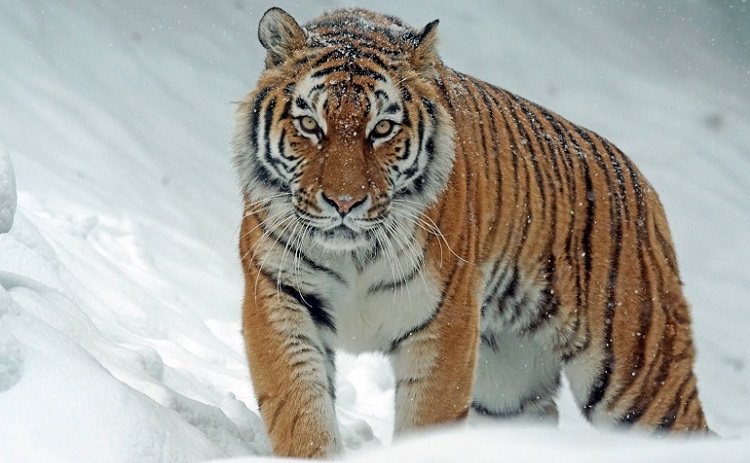
Species with an extremely high extinction risk have a population decline between 80-90% over 10 years. The population size of the Critically Endangered species is less than 50 animals or other causes, like fragmented populations, older generations, or isolation.
Extinct in the Wild (EW)
Extinct in the wild describes endangered species that can only survive in captivity or in supported populations at a great distance outside of their historical geographic range.
Extinct (EX)
Sadly, species in the Extinct status means the last surviving animal died. It can also describe where the systematic and timely surveys were unable to record or document a single living member of the endangered species.
Endangered Species and People
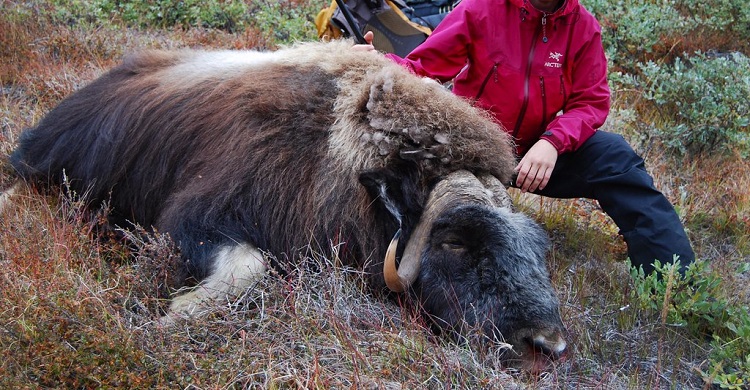
Endangered species not only play an important role in maintaining the ecological balance but also have a significant impact on human societies.
Understanding the relationship between endangered species and people is crucial for developing effective conservation strategies that benefit both biodiversity and human well-being.
Why Are Endangered Species Protected?
Endangered species receive protection because every living thing on earth is vital to our global ecosystem. The millions of native species worldwide are vital to our natural ecosystems because they keep nature in balance.
According to the U.S. Fish & Wildlife Service, conservation efforts led by the Endangered Species Act have a 99% success rate in preventing extinction. However, this doesn’t mean that there’s no threat to the global conservation status of many species.
For example, if the Gray Wolf were to go extinct in North America, the population of prey animals would dramatically increase. This occurrence creates an unbalance in the natural food chain, which creates a ripple effect for all living things.
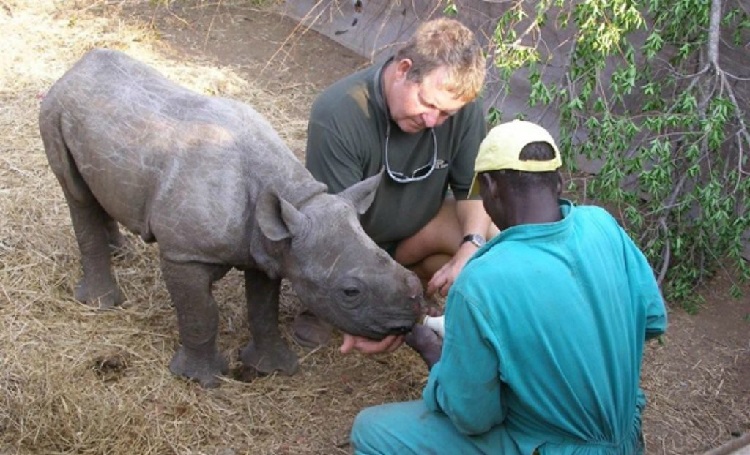
When I was in middle school, I saw videos online of people hunting wolves in Alaska. As someone who grew up in a rural area where hunting was a popular outing, I understood some of the reasons behind it. However, the content I saw online was heartless behavior toward the wolves.
“Aerial wolf hunting” is when hunters shoot wolves from the safety of their small aircraft. I looked at photos of these hunters placing the dead wolves on their planes and felt sick to my stomach at the carelessness of animal life.
Although the state of Alaska allowed wolf hunting to increase the moose and caribou populations, there is always risk involved with decreasing the population of predator animals.
Although the U.S. Fish & Wildlife Service stopped aerial hunting on federal wildlife refuges, this once-banned hunting practice has been rolled back.
On August 1, 2020, it became legal for Alaskan hunters on many natural preserves to kill nursing wolves and their pups. In October of that year, hunters could target hibernating bears and their cubs in certain preserves.
Besides the cruelty to unsuspecting mothers and their offspring, I can’t help but wonder what this means for the population growth of these species. Even if a wild species isn’t endangered, these practices could endanger the population.
Our planet’s biodiversity is vital to the survival of all species, including humans.
Seek In-Person Information About Animal Volunteer Opportunities
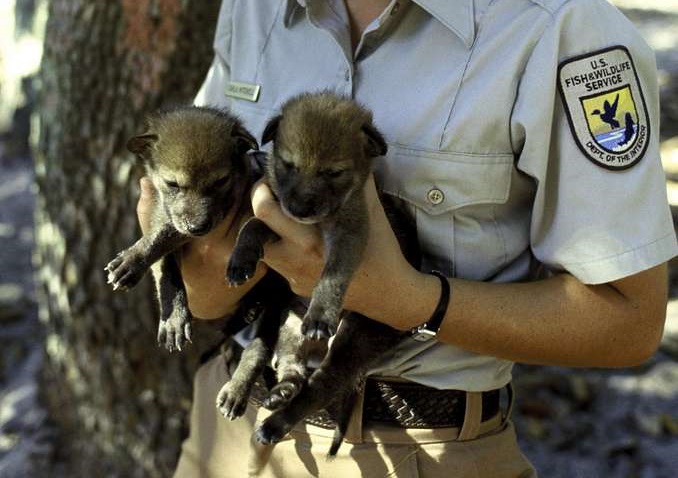
If you’re interested in helping conservation groups in your country or abroad, there are all sorts of programs available!
In the United States, you can volunteer for the U.S. Fish & Wildlife Service. They offer opportunities for all ages, availability, and activity levels. So there are options for everyone, like leading tours, restoring habitats, conducting surveys, and more.
For international organizations, there are volunteer roles with Go Eco, an eco-tourism company. They offer programs helping the conservation of animals in Africa, Asia, Europe, Australia, and Latin America.
Similar organizations like International Volunteer HQ have wildlife programs and care for domestic animals worldwide.
Most Endangered Species
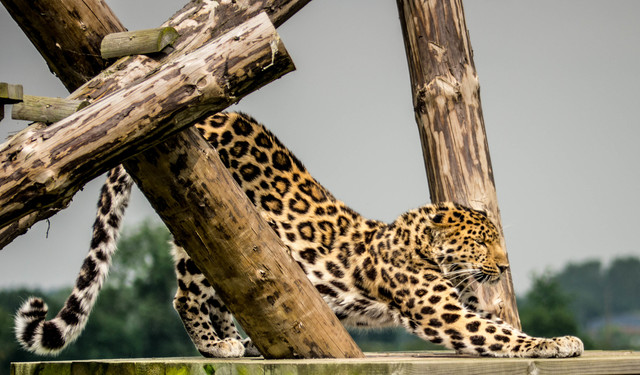
According to the IUCN, there are currently over 41,000 endangered species under threat of extinction. However, some animals are dwindling in numbers more than others. These are some of the world’s most endangered species.
Javan Rhinos are only found on the island of Java in Indonesia. These rhinos were once populated throughout southeast Asia. Because of hunting and habitat loss, their numbers declined to only about 60-75 found in the wild.
The Amur Leopard has been on the critically endangered list since 1996. These big cats are one of the rarest in the world. Amur Leopards live in a small region of eastern Russia and northeastern China, with fewer than 100 leopards left in the wild.
The Tapanuli Orangutan is found in an isolated population in the tropical forests of Sumatra, Indonesia. With a population of fewer than 800, this endangered species of orangutan is the most endangered great ape in the world. A huge reason for their decline is habitat loss, with 40% of forest area gone.
African Forest Elephants live in the forests of West and Central Africa. These elephants are critically endangered due to poaching and loss of habitat. Their total population has declined by 86% in only 31 years.
Endangered Species Protection and Conservation
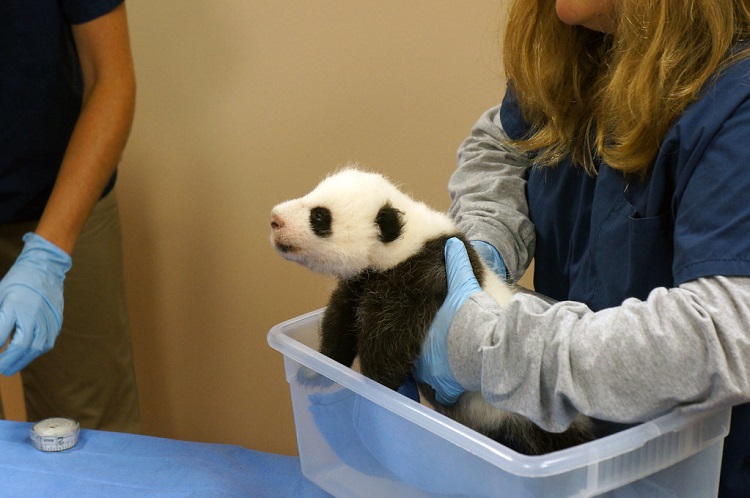
Endangered species are facing numerous threats, from habitat destruction to climate change, pushing them toward the brink of extinction. Conservation efforts are crucial to protecting and preserving these species and to maintain healthy and functioning ecosystems.
Laws and Regulations
The Endangered Species Act of 1973 is the most prominent environmental conservation law in the United States. Through evaluation, it lists protection for animal and plant species nationally and worldwide.
One of the oldest environmental legislation in U.S. history is the Migratory Bird Treaty Act. Passed in 1918, the act sought to protect birds from overhunting after their populations faced a drastic decline. Originally, the act protected 1,026 native endangered bird species. Today, it lists up to 1,093 migratory birds under protection.
The Convention on International Trade in Endangered Species was enacted in 1975. It prevents international trade from threatening the survival of wild animals and plants. Currently, there are 5,950 endangered species protected by this global agreement.
How Can You Help?
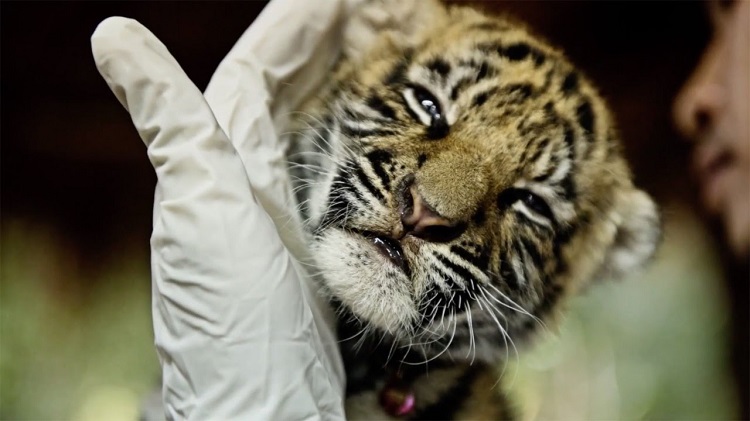
Lending a helping hand is doing your part to prevent animals from going extinct. No matter how small you think your contribution is, you’re making an impact by helping in some way. So, how can you get involved with in-person opportunities to help animals?
Check out what your local community has to offer in helping animals. Volunteering at an animal shelter or rescue is an excellent way to support the cause.
Another way to help endangered species is by donating to a reputable organization, like the World Wildlife Fund (WWF). Through WWF in the United Kingdom, you can adopt an animal like an elephant, leopard, gorilla, turtle, and more!
Your proceeds go towards restoring habitats and protecting species through funding conservation projects.
You can support the Endangered Species Coalition (ESC) to prevent the extinction of native species. Proceeds go towards protecting and restoring wild habitats while safeguarding the Endangered Species Act.
For me, protecting the Amazon rainforest is a big one on my endangered species list. The Rainforest Trust uses funds to protect animal habitats and threatened species. This organization partners with the best conservationists to monitor protected wildlife areas.
FAQ’s
What Is the Most Endangered Species?
There are many endangered species, but the most threatened animal in the world is the Amur Leopard.
Which Species Have Gone Extinct?
Listed species like the Quagga, Tasmanian Tiger, Mhorr Gazelle, Mountain Mist Frog, Pinta Island Tortoise, and Western Black Rhinoceros, to name a few.
What Animals Are Going Extinct?
Some animals threatened by extinction include the Black Rhino, Eastern Lowland Gorilla, Sunda Tiger, Black-footed Ferret, Asian Elephant, Whooping Crane, Javan Rhino, and Amur Leopard.
Conclusion
In elementary school, my teachers taught a special class about the Amazon rainforest. I remember thinking what a magical place it was with its misty, tropical plant life and mysterious animals. When I learned about Ocelots, small cats that live in this vast jungle, I became fascinated with their survival and way of life.
However, in that same classroom, I also learned about the endangered species within the rainforest. Even for a deep forest habitat with hidden wonders, danger still lurked on the outside from deforestation.
I will never forget the stark contrast between the “before and after” photos of the rainforest shown to me. In the photo on the left, I saw a beautiful forest with different shades of green treetops. However, in the photo on the right, large sections of brown earth popped out between the lush greenery.
Protecting our wildlife is essential to the survival of every living being on the planet. With conservation efforts worldwide, we can all help support organizations protecting wild animals.
The threat of extinction lives on, but we can make a difference for the animals by volunteering and raising awareness.


